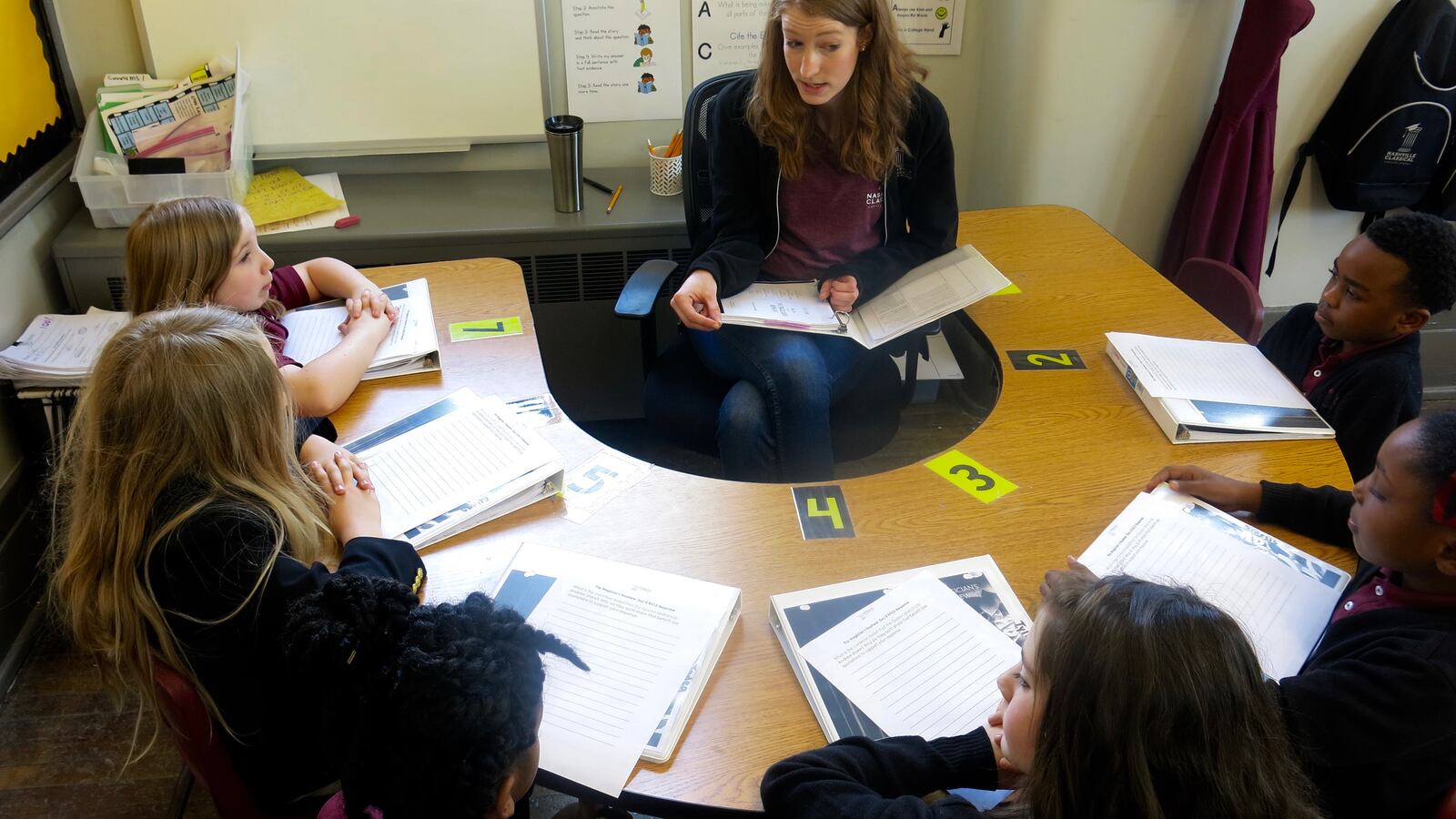Even though several years of teacher evaluation data have shown the vast majority of Indiana teachers are highly rated, poor students and students of color are still more likely to have ineffective, inexperienced teachers than their peers.
Indiana is examining how teachers are divided up among schools as part of its work on a new education plan to comply with the federal Every Student Succeeds Act. The new law focuses more on on equity and inclusivity, something civil rights advocates and state officials have praised.
“We have a lot of kids in Indiana who don’t have access to quality teachers,” said Indiana State Board of Education member David Freitas. “ESSA says we have to specifically address that.”
According to the state’s education plan, poor students and students of color in Title I schools (those that receive extra federal aid based on rates of poverty) are more likely than their affluent, white peers to have teachers who are ineffective, inexperienced and don’t meet Indiana certification requirements.
Here’s how the data breaks down.
- Poor students are 3.7 times more likely to have ineffective teachers; Students of color are 8.5 times more likely;
- Both poor students and students of color are slightly more likely to have teachers who don’t meet certification requirements;
- Poor students are 1.54 times more likely to have inexperienced teachers; Students of color are 1.63 times more likely;
- Both poor students and students of color are slightly less likely to have highly effective or effective teachers.
Despite the relative differences in teacher experience and quality in the list above, it’s worth noting that 88 percent of Indiana’s 68,386 teachers were rated “effective” or “highly effective” in 2015 (the most recent data available), with just 0.38 percent rated “ineffective.”
State officials said there could be many reasons why low-rated teachers tend to be more present in high-poverty, predominantly non-white schools. Those schools might not be able to pay teachers as much or offer them as much support, making it harder to attract more experienced educators.
But groups of educators, policymakers and community members who worked with state officials to draft the plan focused on issues of training and support, leading the state to develop a number of strategies to pursue going forward that could help keep good teachers in the classroom. Those strategies could include extending student teaching, overhauling performance evaluations to focus more on improvement rather than simple ratings and helping districts access funding to improve ongoing teacher training.
This struggle is not new to Indiana — teacher-related discussions for the past several years have focused on recruiting and retaining teachers. So far, legislative progress has been slow. Some bills championing prospective teacher scholarships and mentoring programs have won approval, but they have received relatively small amounts of funding, if any.
By 2023, Indiana education officials have a goal to cut the inequitable rates of teacher experience and quality in half.
The Indiana Department of Education submitted the ESSA plan to Gov. Eric Holcomb earlier this week. He can choose whether to lend his support. Either way, it is due to federal officials in September.
This story has been corrected to better reflect Holcomb’s role in the state ESSA plan.

